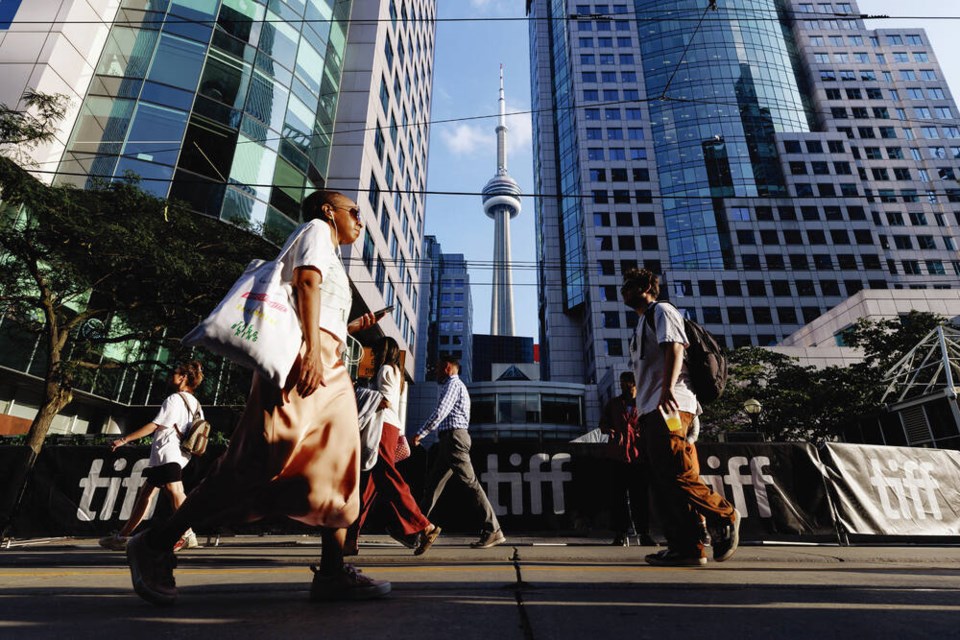The name of the small NGO that I founded and chair says it all: Conversations for a One Planet Region.
We began in 2017 as a series of discussions about the idea of a One Planet Region — a region with an ecological footprint equivalent to one planet’s worth of biocapacity.
Our mission is very simple: To establish and maintain community-wide conversations on One Planet living and a One Planet Region.
But the reality is that our collective global ecological footprint is 1.75 planets. Moreover, in exceeding the Earth’s limits, we have crossed six of the nine planetary boundaries for key natural systems that support life on Earth, and we are approaching two more.
Of course, high-income countries have higher footprints. Canada’s, at around five planets, is one of the highest footprints in the world. If the whole world lived the way we do, we would need four more planets — good luck with that!
Reducing our footprint to one planet’s worth of biocapacity means an 80 per cent reduction in our footprint. Since over 60 per cent of our total is our carbon footprint, the importance of the clean, green energy transition is obvious.
The ecological footprint can also be calculated locally, and as luck would have it, CHRM Consulting has just updated the 2015 report on Saanich’s ecological footprint for the District of Saanich. It is available on the district’s website.
Overall, Saanich’s ecological footprint in 2021 — which is probably representative of the Greater Victoria region as a whole — was equivalent to four planets, meaning the challenge of becoming a One Planet Region is a bit easier than the national challenge. (This is probably because we have a milder climate and very little of our electricity is generated by fossil fuels.)
But nonetheless, it still means we need a 75 per cent reduction in our ecological footprint, and in a future column I will dive more deeply into this report and its implications.
But for now, I want to discuss the links between a One Planet approach and bioregionalism, because it seems to me that we need to ground our One Planet work in local reality, a reality that fuses both the natural and the social worlds, and this is what bioregionalism offers.
A bioregional approach is intended to link us to the place we live and the local and global natural systems that keep us alive. In his 1985 book Dwellers in the Land, Kirkpatrick Sale suggests four reasons for such an approach (as summarized in a 2018 article by Daniel Wahl, one of the current champions of bioregionalism).
First, it operates at a more human scale, where “the forces of government and society are still recognizable and comprehensible, where relations with others are still intimate, and where the effects of individual actions are visible.”
Second, it calls for a very different economy, one that “would seek first to maintain rather than use up the natural world, to adapt to the environment rather than try to exploit or manipulate it, to conserve not only the resources but also the relationships and systems of the natural world.”
This is the sort of economy envisaged by Herman Daly as a steady state economy, or by Kate Raworth as a Doughnut economy.
Third, this would be a society based on a “bottom-up” politics, with “all authority flowing upward incrementally from the smallest political unit to the largest” so that “nothing [is] done at a higher level than necessary.” The EU calls this the principle of subsidiarity.
Finally, it is a society that is symbiotic — that is, characterised by a close, co-operative, or interdependent relationship (Merriam Webster Dictionary), “where families operate within neighbourhoods, neighbourhoods within communities, communities within cities, cities within regions, all on the basis of collaboration and exchange, co-operation and mutual benefit.”
If you want to learn more about bioregionalism, what it means for this region and how it connects to a One Planet region, come to lecture theatre C-103 of the David Strong Building at the University of Victoria on Tuesday Oct. 24, 7.30-9 p.m., where Joe Brewer — whom I wrote about last week — and a panel of local leaders will discuss a bioregional approach to the future of our shared region.
Dr. Trevor Hancock is a retired professor and senior scholar at the University of Victoria’s School of Public Health and Social Policy
>>> To comment on this article, write a letter to the editor: [email protected]




